If You Die in the Dumb Supper, You Die in Real Life
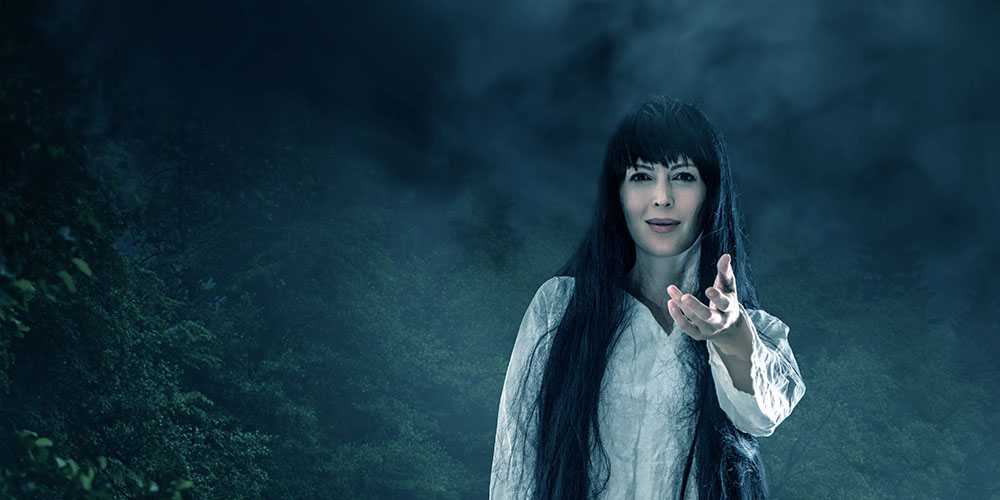
Dr. Bob explains how ancient Irish folklore culturally influences stories and legends around the world today.
The Irish Origin of Halloween: What is Samhain?
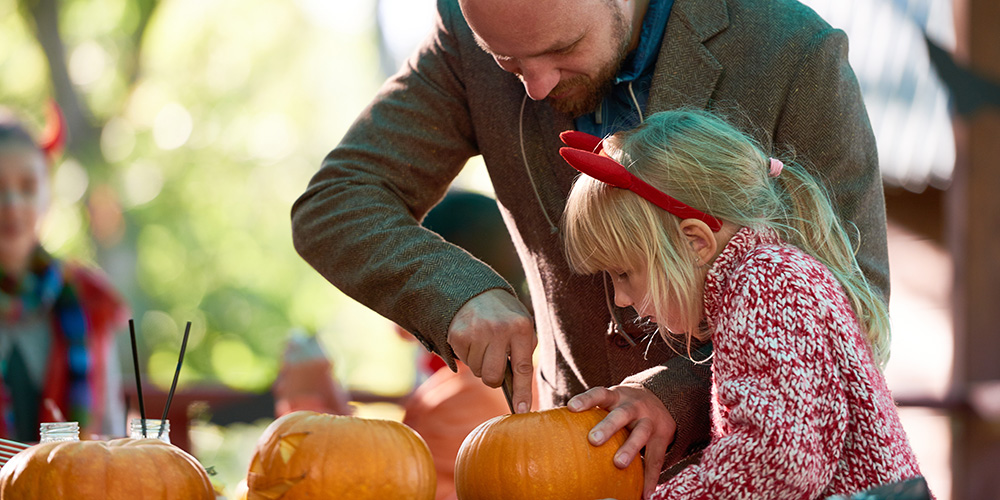
Author Jo Kerrigan on Druids, the frightening Fae, and how Halloween evolved from Samhain.
Irish Ghost Stories and Premonitions of Death

Kelly’s dad told her Irish ghost stories her whole life, but she didn’t expect to live one when his came to an end.
Exploding Ghosts and Buckets of Blood: Interview with This Paranormal Life
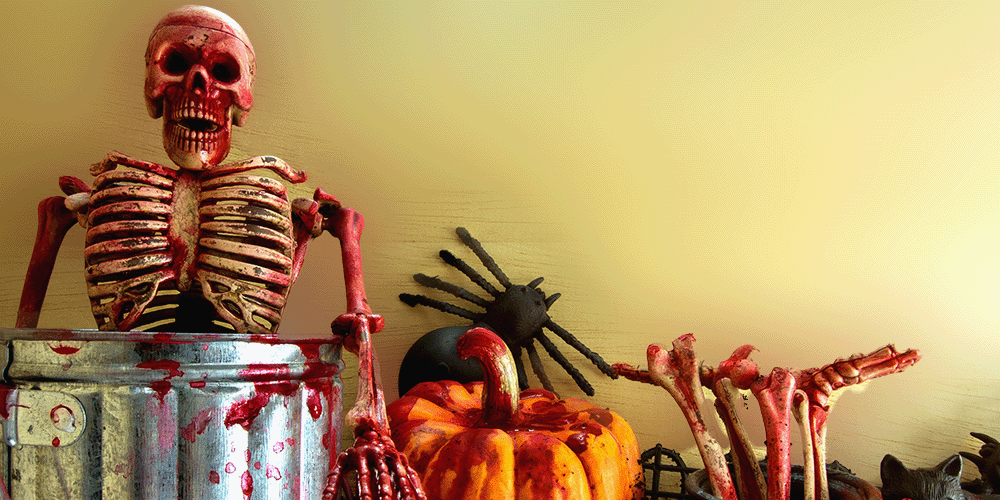
Kit and Rory, hilarious hosts of This Paranormal Life, share strange ghost and Irish cryptid stories.
The Ghosts of Ballylough House

Becky gets haunted at a castle in rural Northern Ireland.
The Mummies of St. Michan’s
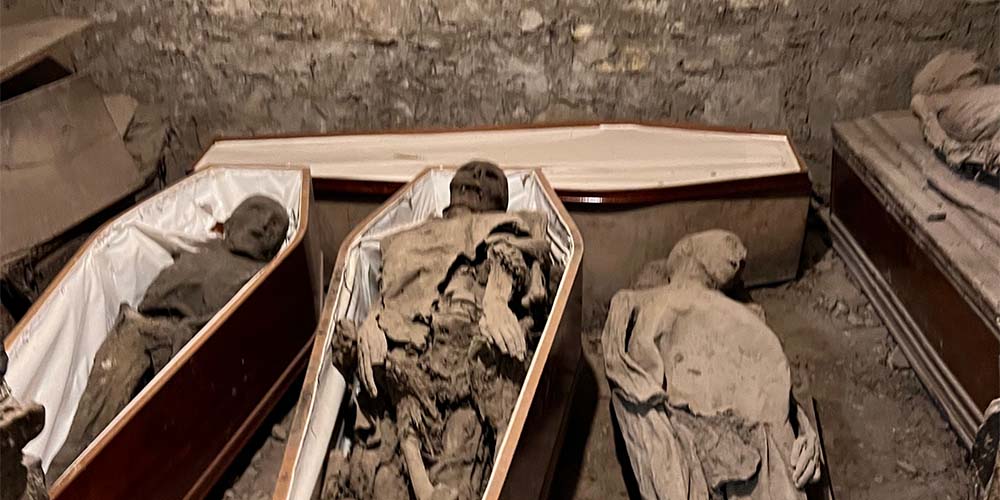
St. Michan’s Church in Dublin, Ireland, has a very unusual attraction—underground crypts that contain mummies.
Three of the Most Haunted Libraries in the World
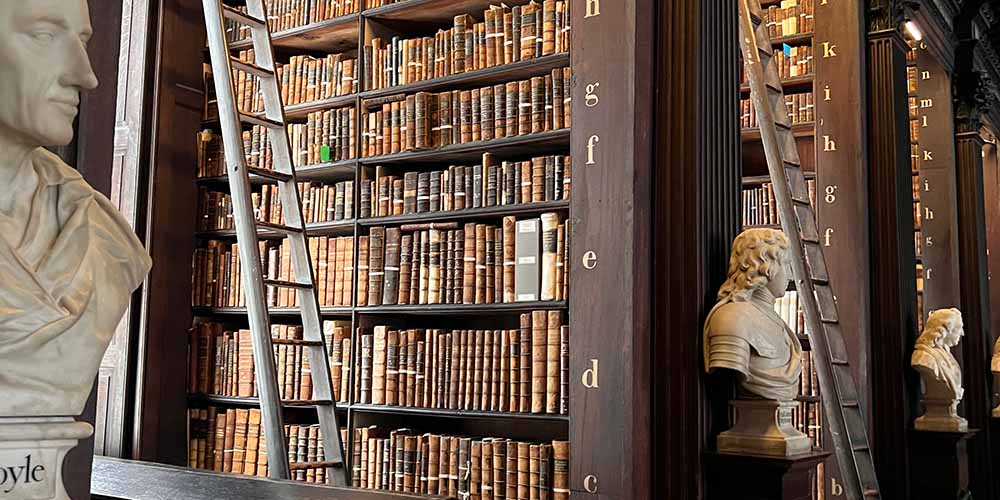
Three of the most haunted libraries in the world are in Dublin, Kolkata, and Peoria, IL. Ghosts haunted these libraries for hundreds of years.
